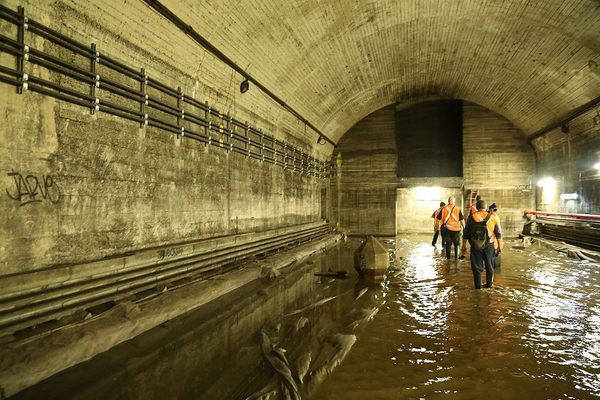Found: A Centuries-Old Network of Hidden Underground Tunnels
Old British town has very old tunnels.
Stockton-on-Tees seems like your basic British market town with a history dating back to the 12th century. You’ve got your lovely rowhouses, your pleasant parks, and your 18th century ship replica. It’s very charming!
Naturally, there’s a network of mysterious underground tunnels beneath the city, reports the Teesside Gazette.
A Georgian townhouse in the center of town was slated for renovations, and in the process, the owner discovered a series of crumbling rooms and tunnels underneath the house.
The most striking part of the rooms is the details: there are cut-outs in the wall to hold candles, doorways still framed with aging wood, and windows with intact glass panes.

The tunnels, though, are more mysterious: tight and filled with rubble, it’s not clear where they lead.
It looks like there once would have been street access to this underground network, and Jeff Highfield, the building’s owner, has a few ideas about what the rooms and tunnels might have been used for. There’s a larder, and perhaps servants lived in these basement rooms.
Another possibility: these rooms were used to store cows. The cattle market was right across the street, and it would have been a convenient place to store animals. The tunnels could have been “cow tunnels,” used as passageways for cows so that they wouldn’t create traffic above.
These tunnels are just one part of a wider network, locals says. “We all know or have heard stories about the underground tunnel system beneath the High Street,” one commented on Facebook. One is supposed to pass through a local park and once might have connected to the river. The stories about those tunnels propose much more exciting users than cows, though—smugglers, Vikings, and Romans. When your town has been around for almost a millennium, you never know who was digging secret tunnels underneath it.











Follow us on Twitter to get the latest on the world's hidden wonders.
Like us on Facebook to get the latest on the world's hidden wonders.
Follow us on Twitter Like us on Facebook